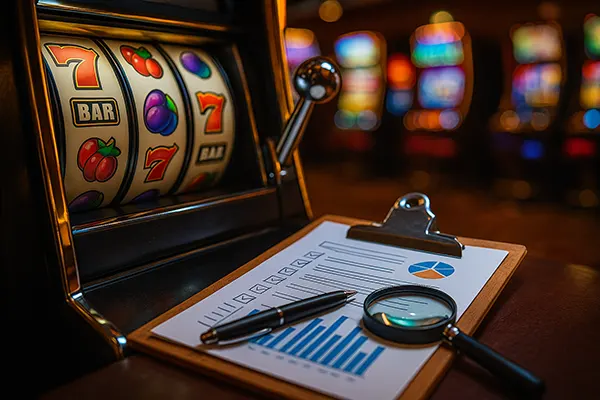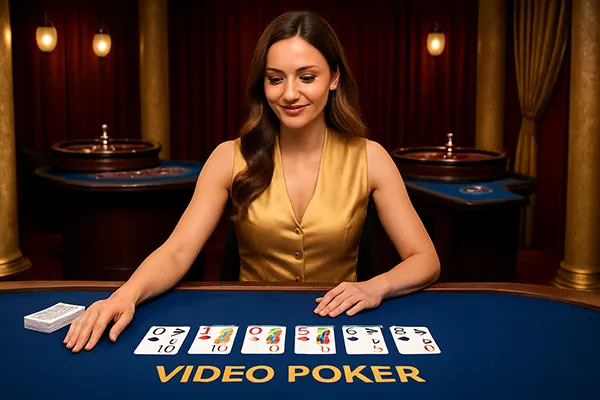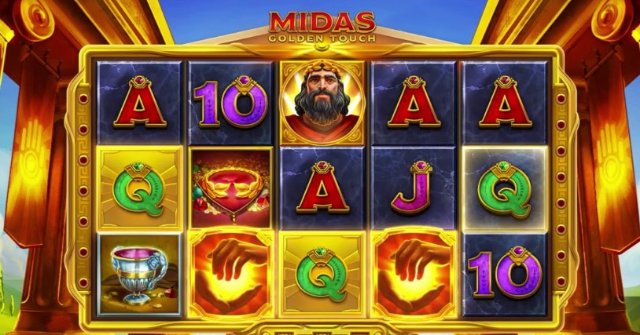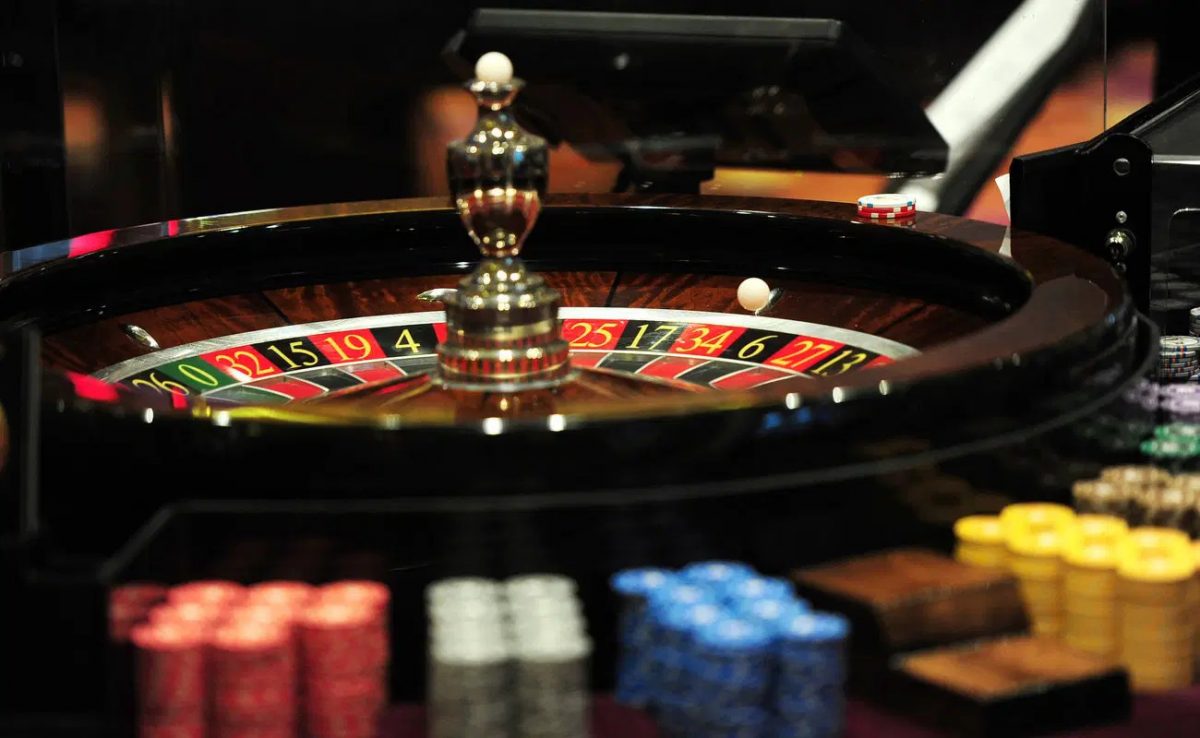
The professional game of roulette
There was once a myth that man could never fly. Everyone was talking about it! But then came the balloon, which undermined that belief. Finally on 17 December 1903 the Wright Brothers finally shattered the myth by flying their “Flyer” for 14 seconds in the air, in a time of 39 metres. Thus, a few seconds destroyed a centuries-old myth.
Of course, this article does not pretend to completely debunk the myth about the impossibility of winning at roulette, but hopefully it will make you think. I suggest you yourself, dear readers, to try out the system described below and make your own conclusions.
Well-Known Facts About Roulette
Anyone can win money at roulette. Unfortunately, only in the short term, because in the long term the casino always wins. That’s why every player dreams of outsmarting the casino and coming up with a system that allows you to make a profit over a more or less long period of time.
Over the course of roulette’s existence, many gambling systems have been developed. Each of them eventually leads players to the same conclusion: the casino always wins. Still, there are some systems that allow you to win more often than you lose.
A bit of theory. If you flip a coin, you have a 50% chance of getting heads and a 50% chance of getting tails.
So if you flip a coin a thousand times, you will get 500 times tails and 500 times heads. Therefore, many gamblers believe that if heads are struck many times in a row, the probability of going to tails increases. This is actually a misconception. Every time you flip a coin, there is a 50% chance of both heads and tails, no more and no less.
It’s exactly the same in roulette: you may get red 10 times, but on the 11th spin the probability of getting red will be the same as on the first spin: 18/37. There is no law that says that after you get red ten times, you should now automatically get black. However, there is a law of large numbers which says that as the number of trials increases, the average of the trials becomes more and more accurate and is independent of chance.
In other words:
- within 10 spins, only “red” can fall out;
- for 100 spins the ratio “red”-“black” may be in the region of 40-60;
- during 1000 spins it will become very close to 500-500;
- At higher orders of magnitude the difference between the number of falls “red” and “black” can be considered a mathematical error, so it is small.
The roulette system
My friend Dan says he does not like to gamble, but really loves the money. He regularly goes to casinos in Las Vegas and plays as follows: he simply bets on “dozens”. Numbers 1 to 12 form the first dozen, 13 to 24 form the second dozen, and 25 to 36 form the third dozen. (Though in principle you can form your own dozens from any numbers.)
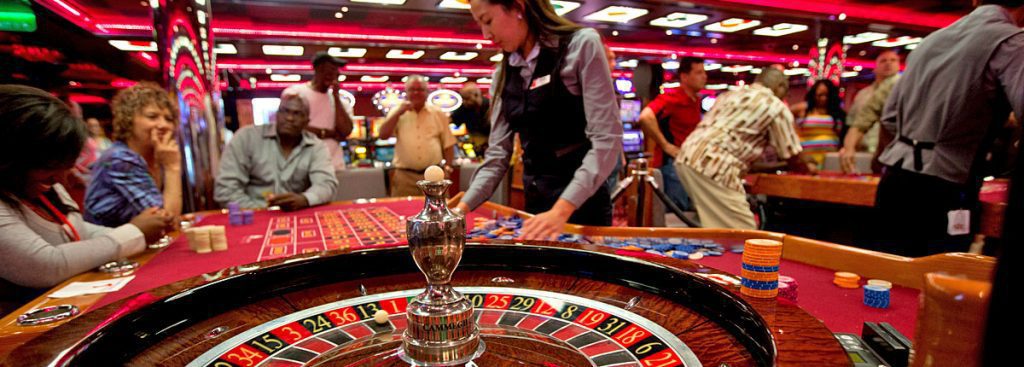
Roulette strategy game
If he wins he gets three bets, when he loses he loses one bet. According to probability theory he should win 32.43% of the time. Why not 33.33%, you may ask? – But there aren’t 36 numbers on the roulette wheel, there are 37. The extra number, Zero, gives the casino a 2.7% advantage and takes away 0.9% of his winning probability.
Dan only bets when one of the dozen has not won the last five spins. Yes, he knows that each round of the game is independent, that previous results have no effect on subsequent ones, but he does it anyway. When you ask him about it, he replies: “It makes me feel better.” Well, let’s consider it a struggle with negative emotions 🙂
If he wins, he waits for an opportunity to place the next bet; if he loses, he bets according to this scheme:
As we can see, his scheme is similar to Martingale and in the last rounds he has to risk decent amounts of money to win funny money. However, I know what considerations led Dan to restrict himself to 15 rounds of play: in several years of play he has NEVER had to place a maximum bet.
Let’s calculate the probability that a particular dozen will happen at least once in 15 spins.
- The probability of a dozen falling out is 32.43% or 0.3243;
- The probability of not matching the dozen is 100-32.43%=67.57% or 0.6757;
- The probability of not losing a dozen 15 times in a row is 0.6757 to the power of 15 =0.0028 or 0.28%;
- The probability that for 15 spins dozen will fall at least once is 1-0.0028=0.9972 or 99.72%.
Thus, the law of large numbers tells us that out of 10,000 game sessions (not spins, mind you! Session can consist of 15 spins), he will win 9972 times 1 or 2 dollars. The winnings will be between $9972 and $19944. And he will lose $709 each 28 times, for a total of $19852. As a result, Dan is likely to be on the losing side in 10 thousand sessions, but there is a small chance of making a profit: if he is lucky to win $2 instead of $1 in each session.
The light version of the roulette betting system
Still, $709 is a decent amount, and it would be a shame to lose it. Looking at the table, we see that if we limit the playing session to 11 spins, we would only have to risk $139 in total. Agree that it’s not a real disaster to lose $139 once. Let’s calculate the probabilities for the 11 rounds:
- The probability of getting a dozen is 32.43% or 0.3243;
- Probability of not getting a dozen is 100-32.43%=67.57% or 0.6757;
- The probability of not falling out of a dozen 11 times in a row equals 0.6757 to the power of 11 = 0.0134 or 1.34%;
- The probability that for 11 spins dozen will fall at least once is 1-0.0134 = 0.9866 or 98.66%.
Thus, out of 10,000 gaming sessions, 9866 will be winning, and 134 will be losing. Winnings will be from $9966 to $19732, while losses will be $134×139=$18626. That is, when reducing the number of spins to 11, we obtain the increase of probability to lose by 1%, but in this case we risk the amount five times less than with 15 spins. And the theoretical probability of staying in the profit remains even at 11 spins.
Advantages and disadvantages of the system
I am well aware that the casino always wins, and I do not claim to have discovered a gold mine. I understand that in theory I should ever lose, but in practice it has fortunately not happened yet. Theory is theory, but I am winning money and spending it. I have renovated my house and bought a nice car, I buy different things. Now it would be difficult for me to lose it all, even theoretically, because I don’t make such big bets.
Dan says he’s never suffered from a table limit, which is usually a few thousand dollars. He also says he’s only made it to round 14 once in all his years of playing the system, but here last year he lost on round 13 because he didn’t have enough money to bet. “Relaxed. – Dan laughs. – Went to the casino with three hundred quid in my pocket and forgot my card at home.”
Playing with this system, statistically beating roulette in the long run is indeed most likely impossible, just as with any other game tactic. But the big advantage of the system is that you will make a profit almost every time you play roulette. The disadvantages of Dan’s system include the fact that the winnings in most cases are extremely small compared to the bets.
Another disadvantage is that losing sessions have a much greater effect on your bankroll than winning sessions. In addition, it is crucial that you have enough money to bet in the 15th round – hopefully you will never have to do so.

